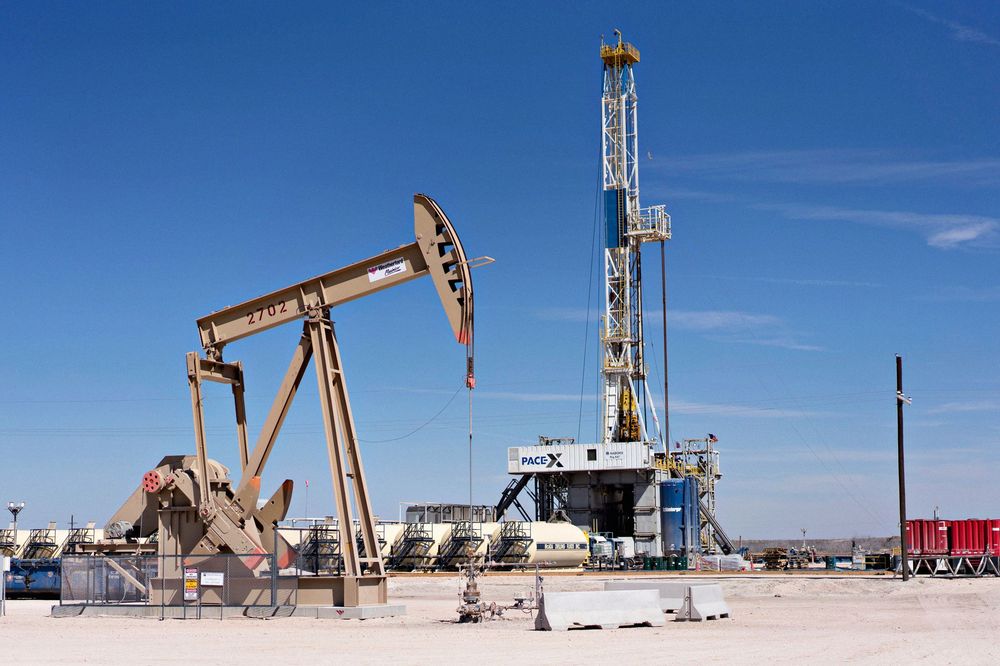Implementing a Successful Well Integrity Management System

Estimated reading time: 5 minutes

Well Integrity Management
Developing and implementing well integrity management systems has been on the rise for the oil and gas industry worldwide. During the periods of high demand, oil and gas fields were developed rapidly. Wells were drilled and put online in a short time as drilling days, footage and direct costs became the drivers of production. Furthermore, and to keep up the high production potential, old wells were kept on production longer than their expected lifespan.
To mitigate the harmful risks and hazards that comes along with the deterioration or loss of well integrity, health, safety and environmental legislations were passed. This resulted in operators and service companies to develop systems, tools and procedures to comply with the new legislation. Health and safety guidelines were set up to ensure the integrity and safety of new and existing drilled wells.
Decision makers in the oil and gas industry today face two of the most critical factors: ensuring well integrity and the need to recover more hydrocarbons. The complex process of managing well integrity has posted a real challenge to the industry, in addition to the various production and reservoir development scenarios available. Ultimately, the oil and gas industry need to ensure that the wells remain viable over a long period of time, driving the need to have a standardised well integrity management system.
The most widely accepted industry standard on how to manage well integrity throughout it’s life cycle is the NORSOK D010 standard. The well integrity processes adopted within the Norsok standard are usually incorporated with other internationally recognized standards to form the basis of a generally acceptable well integrity management strategy for an oil and gas operator to adopt.
Consequences of a breach or loss of the well integrity can be very high; loss of revenue of the hydrocarbons that escape, damage to the reservoir as a result of the uncontrolled flow and collateral damage has the potential to bring an operator in financial dire straits. Several incidents in the recent past have shown that even the largest operator can barely manage such financial drain. The well integrity envelope needs properly design, construction and to be maintained during its life cycle.
An effective well integrity management system
An effective well integrity management system uses a risk based matrix that will demonstrate how to manage risk. This risk-based matrix is based on As Low As Reasonably Practical (ALARP). Well operating limits is a combination of the criteria established to ensure that the well remains within its design limits in order to maintain well integrity throughout the well life cycle. For each well type, it is normal when changes occur, and the well operating limits should be checked.
To assure well operating limits, some parameters could be monitored over the well life cycle when the well is constructed, operated, shut-in or suspended;
- requirements for any threshold settings for the well limits;
- actions that should be taken in the event a well parameter is approaching its defined threshold;
- actions, notifications and investigations required if well limit thresholds are exceeded;
- safety systems that are necessary to ensure parameters stay
Well design is a process with the objective of establishing, verifying and documenting the selected technical solution that fulfils the purpose of the well, complies with requirements and has an acceptable risk of failure (by means of risk analysis) throughout the defined life cycle of the well.
A well design process shall be carried out for
- construction of new wells
- alteration, changes or modification to existing wells
- changes in the well design basis or premises
Minimum design factors or other equivalent acceptance criteria shall be pre-defined for
- burst loads
- collapse loads
- axial loads
- tri-axial loads.
For probabilistic calculations of loads and ratings, the probability of failure should be less than 10 –3,5.
 |
Managing Well integrity through Design, Verification & Repairs is a 3-day training course held from 2 – 4 December 2019 (Kuala Lumpur). The Master Class combines several engineering disciplines involved in the design, construction, operation and maintenance of wells and their interaction on assuring well integrity. It illustrates the large extent and involvement of various disciplines in the organization and its effects on well integrity. The knowledge and skills to design and make critical decisions on observed WI envelope breaches throughout well life cycle is vital, not only for WIM purpose as well as to increase ultimate recovery of the reservoir. The ultimate objective is to optimize productivity at lowest Unit Operating Cost (UOC) and to maintain mechanical integrity throughout well life cycle.
 |
